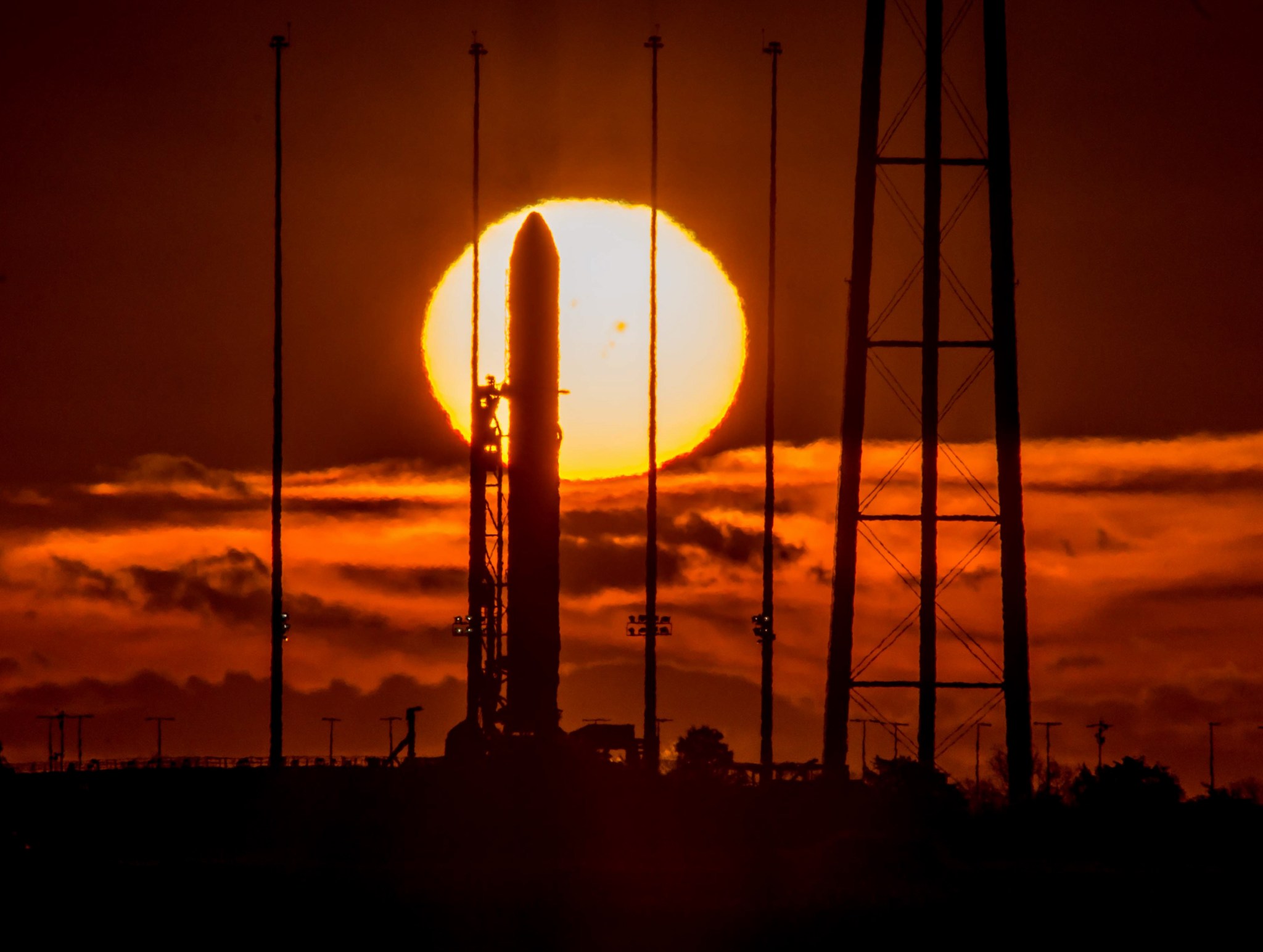
You don’t have to wait on the next eclipse for another cool opportunity to look at the Sun — our nearest star puts on quite the show of its own without the help of the Moon. Heliophysics, the field of study devoted to the Sun and its effects on space, is a science that can often be seen and appreciated from Earth. Some solar phenomenon manifest themselves with spectacular light shows while others are less conspicuous, rewarding careful observers who find themselves in the right place at the right time.
Both varieties can often be admired without needing to invest much in the way of astronomy equipment. In fact, the eclipse glasses you may have worn on Aug. 21, 2017, are good for a lot more than eclipses. By blocking out the Sun’s most intense light, safe solar viewing glasses allow you to look directly at the Sun and see many of the fainter features otherwise hidden under its glare.
One such feature has been likened to freckles on the face of the Sun. Sunspots are cool, dark patches that stand out against the rest of the bright solar disk and when they appear, your eclipse glasses will come in handy. If a sunspot is large enough, you’ll be able to see it with your eclipse glasses on. Sunspots are also sometimes visible with the naked eye during sunsets, when the Sun is much dimmer and safe to look at without eye protection.
Sunspots form when magnetic fields rise up from below the Sun’s surface and eventually poke through. And because these magnetic fields can be quite complex, sunspots are often the source of interesting solar activity — they’re associated with powerful solar eruptions, such as flares, coronal mass ejections and solar energetic particle events. NASA’s Solar Dynamics Observatory is one of the spacecraft that tracks sunspots, such as a particularly active sunspot group that was visible July 5-17, 2017.
Credits: NASA’s Goddard Space Flight Center/SDO/SOHO/CCMC/SWRC/Genna Duberstein, producer
Download this video in HD formats from NASA Goddard’s Scientific Visualization Studio
Scientists track such spots because they can help provide information about the Sun’s inner workings. Space weather centers, such as NOAA’s Space Weather Prediction Center, also monitor these spots to assess the probability of possible solar storms and provide advance warning, if needed, of the radiation bursts being sent toward Earth, which can impact our satellites and radio communications.
When a sunspot group does appear, you could have a chance to watch it grow and evolve — they can be visible for up to two weeks before they start to fade or rotate out of view. However, sunspots are less frequent at the moment, as the Sun is moving steadily toward a period of lower solar activity called solar minimum — a regular occurrence during its approximately 11-year cycle. To check for sunspots you might be able to see, visit the Solar and Heliospheric Observatory website, which has daily images of sunspots that are currently in view.
In addition to sunspots, limb darkening can sometimes be observed on the Sun, as well as in other stars. Though it is more apparent when using magnification, when you look at the Sun with your eclipse glasses, you may notice that the center of the Sun is a bit brighter than its edges. This optical effect can be attributed to the observer’s line of sight. When you look at the center of the disk, you have an unobstructed view of the bright, hot base of the photosphere, the visible surface of the Sun. As you look toward the edges, the curvature of the Sun curbs your line of sight, so you’re only able to see the upper photosphere, which is cooler and dimmer than the base.
Your eclipse glasses are perfect for observing sunspots and limb darkening, which you can’t otherwise look at safely with unaided eyes. Though if you don’t think you’ll be vigilantly awaiting a sunspot appearance, you should still hold off on tossing out your eclipse glasses — consider donating them. Astronomers Without Borders will be sending donated glasses to countries that will experience an eclipse in the next few years. Keep an eye out for such opportunities to impart your glasses to people in another part of the world, where safe solar viewing options may not be as accessible.
Related:
By Micheala Sosby
NASA’s Goddard Space Flight Center, Greenbelt, Md.
























